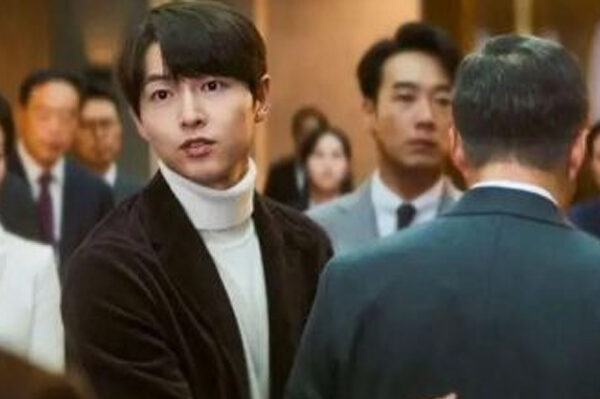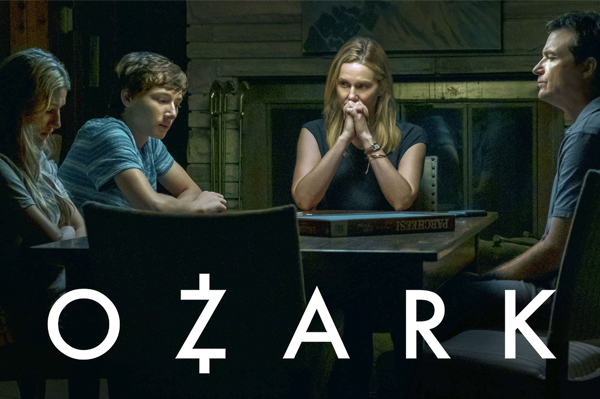Unpacking Strategic Thinking: Lessons from Dorie Clark
What do you imagine when you hear strategic thinking?
Strategic thinking is more often than not overlooked. Yet, ignoring this critical skill could be detrimental to our professional growth and the companies we lead or work for. Drawing from the insights of business consultant Dorie Clark, let’s delve deeper into the art of strategic thinking and why it’s indispensable.
At the heart of strategic thinking, according to Clark, lies the habit of continuous learning. To stay ahead of the curve, one must consistently invest time in reading, listening to podcasts, or conducting in-depth research. Consider Microsoft, a giant in the tech industry. Their success is largely due to their relentless pursuit of learning and staying abreast of emerging trends and technologies. They have made an art out of learning, ensuring that they remain a step ahead in the competitive tech landscape.
This principle of continuous learning is supported by research. A study published in the Journal of Business and Psychology in 2017 demonstrated that lifelong learning directly impacts individual adaptability and career success. In essence, the more we learn, the more we adapt and thrive.
Knowledge, however, is only as good as our ability to assimilate and leverage it. Clark suggests that active reflection—through discussions with peers, writing, or podcasting—can help us make sense of the information we consume. Take SpaceX as an example. After every launch, the team critically examines each step of the mission, learns from it, and optimizes future missions.
Asking Right Questions
Asking questions and challenging norms is another cornerstone of Clark’s strategic thinking framework. She emphasizes that curiosity can lead to breakthrough innovations. Apple has embodied this principle by continuously asking “why” and challenging the status quo. Their innovative spirit led to the creation of the iPhone, which revolutionized mobile technology, and the iTunes platform, which forever altered the music industry.
Unearthing root causes of problems, rather than just treating symptoms, is also a key aspect of strategic thinking. An example of this is seen in the healthcare sector with the Geisinger Health System. They introduced a program to tackle the root causes of repeat hospital admissions, such as poor access to healthy food or transport. By addressing these core issues through their “Springboard Healthy Scranton” initiative, they significantly reduced hospital readmissions.
Simplicity, Clark argues, is another critical element of strategic thinking. Toyota’s lean manufacturing system exemplifies this principle. By cutting waste and focusing on improving efficiency, Toyota set a global standard for the manufacturing industry.
Lastly, discerning lasting trends from passing fads is a crucial component of strategic thinking. The 2020 pandemic brought about a seismic shift towards remote work. Companies like Twitter and Square understood this as a long-term trend, not a passing fad, and thus adapted their operations to allow for more flexible working arrangements.
To conclude, Dorie Clark’s insights on strategic thinking form a robust framework that can guide us in becoming more efficient decision-makers and innovators. By learning continuously, reflecting actively, questioning norms, addressing root causes, simplifying processes, and understanding long-term industry trends, we prepare ourselves better to navigate the business landscape, thus increasing our chances of success.
Strategic thinking isn’t a skill exclusive to CEOs and leaders. It’s an ability we can all nurture. So, let’s learn, reflect, question, simplify, and strategize our way to a brighter future. As author Francis Bacon aptly put it, “Knowledge is power.” So let’s empower ourselves to think more strategically and cultivate an enriching professional life.
Challenging of Strategic Thinking
While Dorie Clark’s insights on strategic thinking are valuable, it’s important to remember that no single framework is perfect. There will always be situations where a different approach is needed. Additionally, strategic thinking is a skill that takes time and practice to develop. Don’t be discouraged if you don’t see results immediately. Just keep learning, reflecting, and experimenting, and you’ll eventually find what works best for you.
Here are a few additional thoughts on challenging strategic thinking:
- Don’t be afraid to ask for help. If you’re struggling with a particular challenge, don’t be afraid to reach out to a mentor or colleague for advice. Sometimes all it takes is a fresh perspective to help you see things in a new light.
- Be willing to fail. Failure is a natural part of the learning process. Don’t let it discourage you from trying new things. In fact, embrace failure as an opportunity to learn and grow.
- Be patient. Strategic thinking takes time. Don’t expect to see results overnight. Just keep at it, and eventually, you’ll start to see the fruits of your labor.
Strategic thinking is a valuable skill that can help us achieve our goals. By learning, reflecting, experimenting, and being patient, we can develop our strategic thinking abilities and become more successful in our personal and professional lives.
So, let’s get started!


























